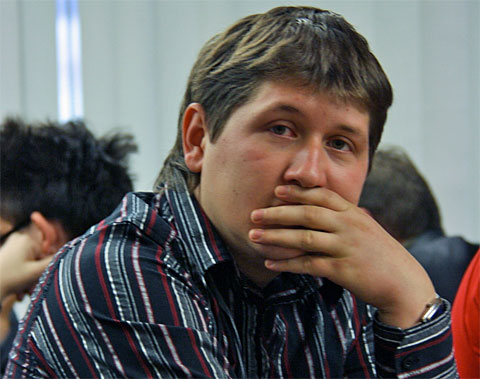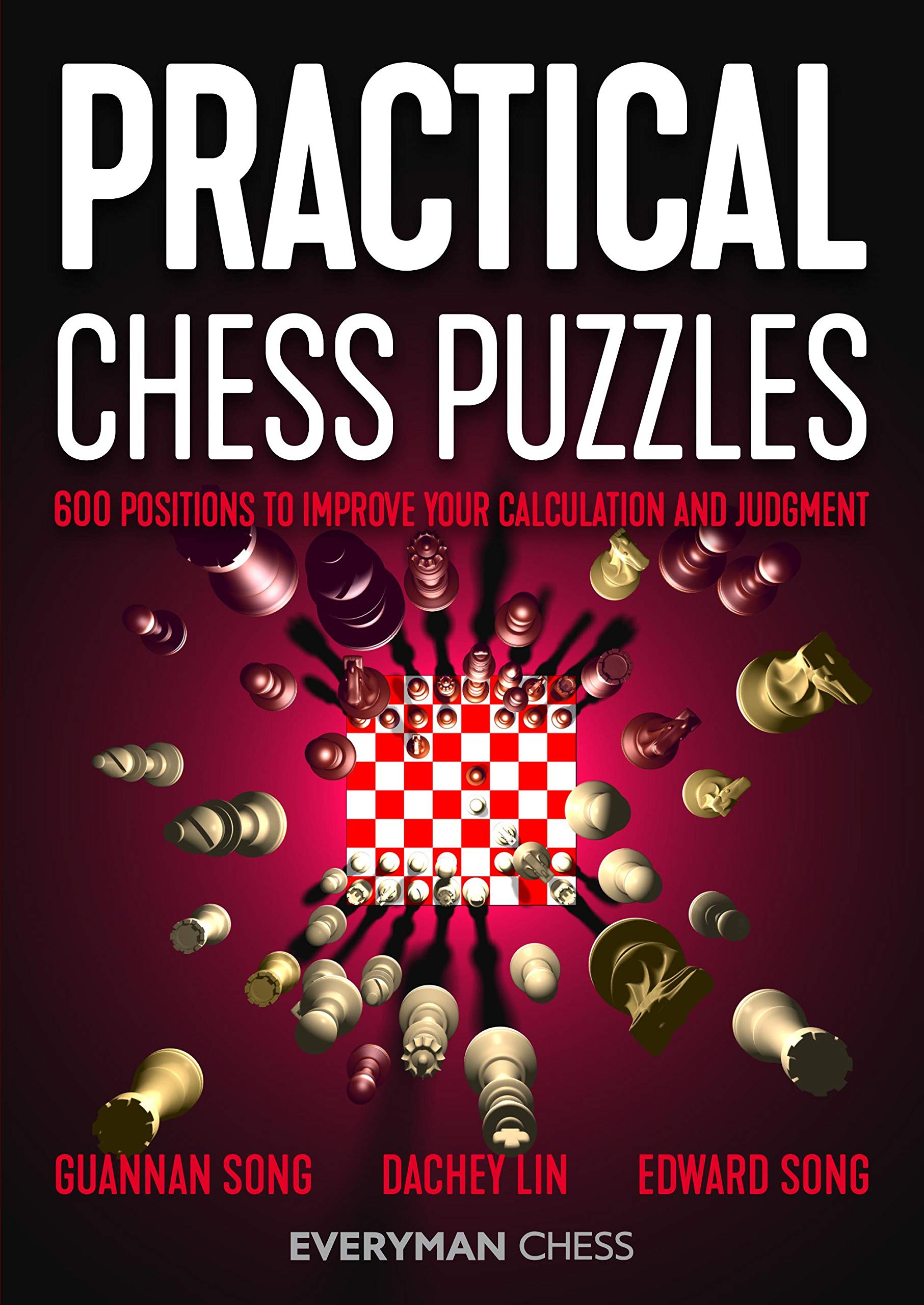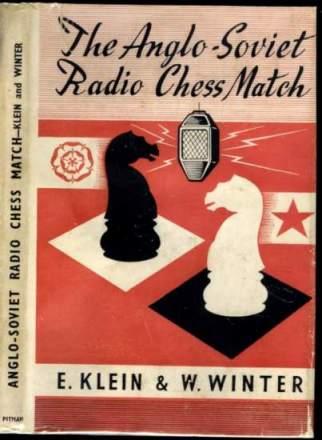Attacking with g2-g4 : Dmitry Kryakvin

From the book’s rear cover :
“The secret of its success may be its anti-positional looks. The pawn thrust g2 – g4 is often so counter-intuitive that it’s a perfect way to confuse your opponents and disrupt their position. Ever since World Champion Mikhail Botvinnik started using it to defeat the elite grandmasters of his day, it has developed, on all levels of play, into an ever more popular and attractive way to fight for the initiative.
Grandmaster Dmitry Kryakvin owes a substantial part of his successes as a chess player to the g2 – g4 attack. In this book he shows how it can be used to defeat a number of important Closed Defences: the Dutch, the Queen’s Gambit, the Anti-Nimzo Indian, the King’s Indian and the Slav.
With lots of instructive examples Kryakvin explains the ins and outs of the attack on the g-file: the typical ways to gain tempi and keep the momentum, and the manoeuvres that will maximize your opponent’s problems. After working with this book you will be fully equipped to use this modern battering ram to define the battlefield. You will have fun and win games!”

“Dmitry Kryakvin is an International Grandmaster from Russia and an experienced chess trainer and author.”
A first glance at the title and you might think The Grob / Borg has, as promised, returned (to assimilate everyone). Have no fear, this book suggests deploying g4 somewhat later than move one !
This interesting book has a constant theme : the use of x…g2-g4 as a “battering ram” type move by White in various positions arising from main stream Queen’s pawn openings. They range from as early as move two versus the Dutch Defence
to a number of moves later with varying degrees of surprise and effectiveness. The author’s inspiration for this theme comes, perhaps from a surprising but reliable source : the games of Mikhail Moiseyevich Botvinnik.
The author has divided up his content into eight parts (with further sub-chapters) as follows:
- Botvinnik’s heritage
- The Dutch Defence
- The Queen’s Gambit Declined
- The Nimzo-Indian Defence
- The Anti Nimzo-Indian
- The Slav Defence
- The King’s Indian Defence
- The Grünfeld Indian Defence
Each Part has a significant and interesting introduction establishing the historical context of the opening ideas espoused. For example, Chapter 5 (Attacking with a cast-iron alibi) discusses
an idea of Gerald Abrahams and includes an appreciation of Abrahams himself.This chapter is based around four high quality games analysed in detailing employing the Abrahams idea.
Maybe the most famous early g4 idea is the familiar Shabalov-Shirov Gambit in the Semi-Slav Defence, Meran Variation :
which the author covers in great detail with ten master games.
One of the more shocking ideas is that of Murey Attack vs the Grünfeld Indian Defence. This is
As with every recent New in Chess publication high quality paper is used and the printing is clear. The book can easily be laid flat next to the board and does not require weights to prevent it from “self-closing” (a particular bugbear of ours !). Each diagram is clear and the instructional text is (mostly !) typeset in two column format, which, we find, enables the reader to maintain their place easily. Figurine algebraic notation is used throughout and the diagrams are placed adjacent to the relevant text.
So, what we have here is a veritable potpourri of aggressive ideas to spice your White openings. This book is aimed at the player who perhaps plays main lines most of the time and would like a sort of “something for the weekend” addition to their repertoire for those “must win” situations. You will probably win more games with these lines but you might also lose more games. At any rate fewer draws are likely. The ideas are all “sound” at the level normal humans plays and probably all sound in the hands of Magnus Carlsen.
To take a look yourself try the “Look Inside” feature on Amazon. Of course, the book may be purchased from any good chess retailer !
The Kindle format version may be obtained from here
This book is probably not for the London, Torre, Stonewall, Colle system players who like a peaceful start to their games getting the pieces out in routine fashion.
For completeness players of the Black pieces might want to be prepared to face these aggressive lines that might become more fashionable following its publication.
John Upham, Cove, Hampshire, May 2nd 2020

Book Details :
- Paperback : 256 pages
- Publisher: New in Chess (25 Feb. 2020)
- Language: English
- ISBN-10: 9056918656
- ISBN-13: 978-9056918651
- Product Dimensions: 17.1 x 1.9 x 23.3 cm
Official web site of New in Chess










